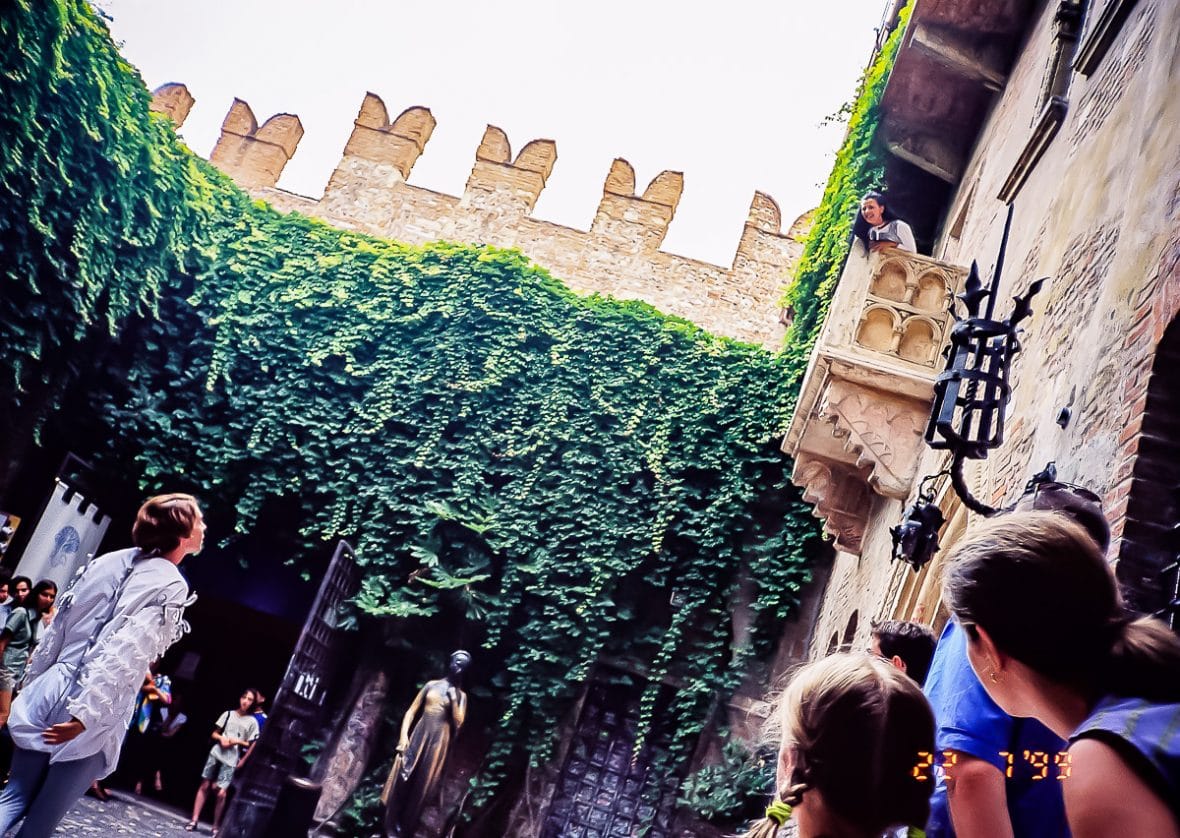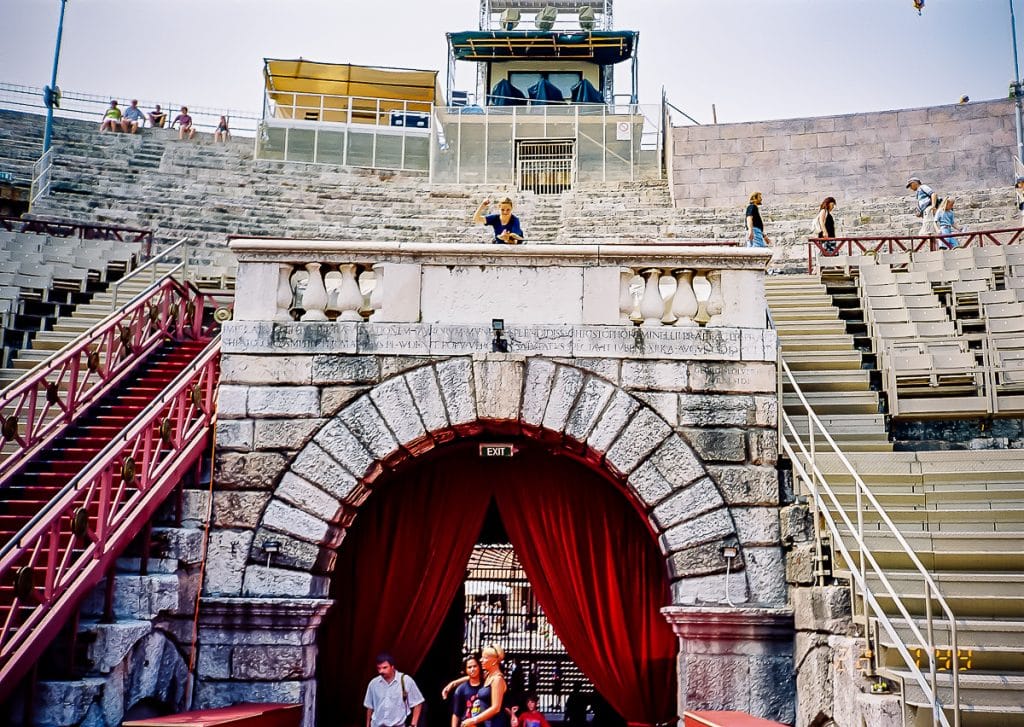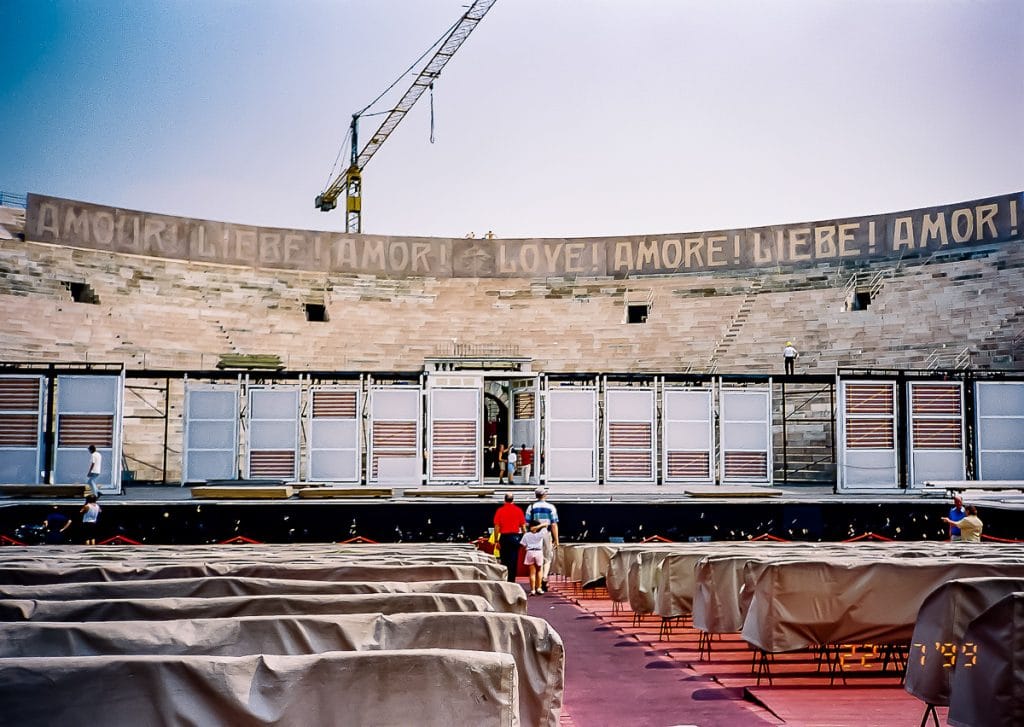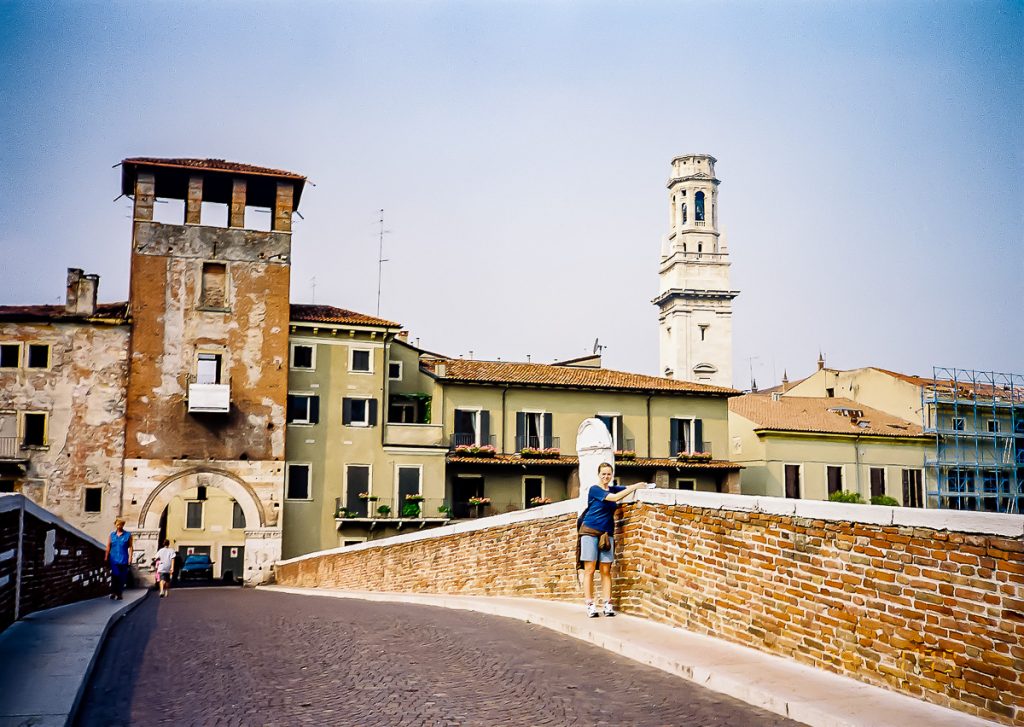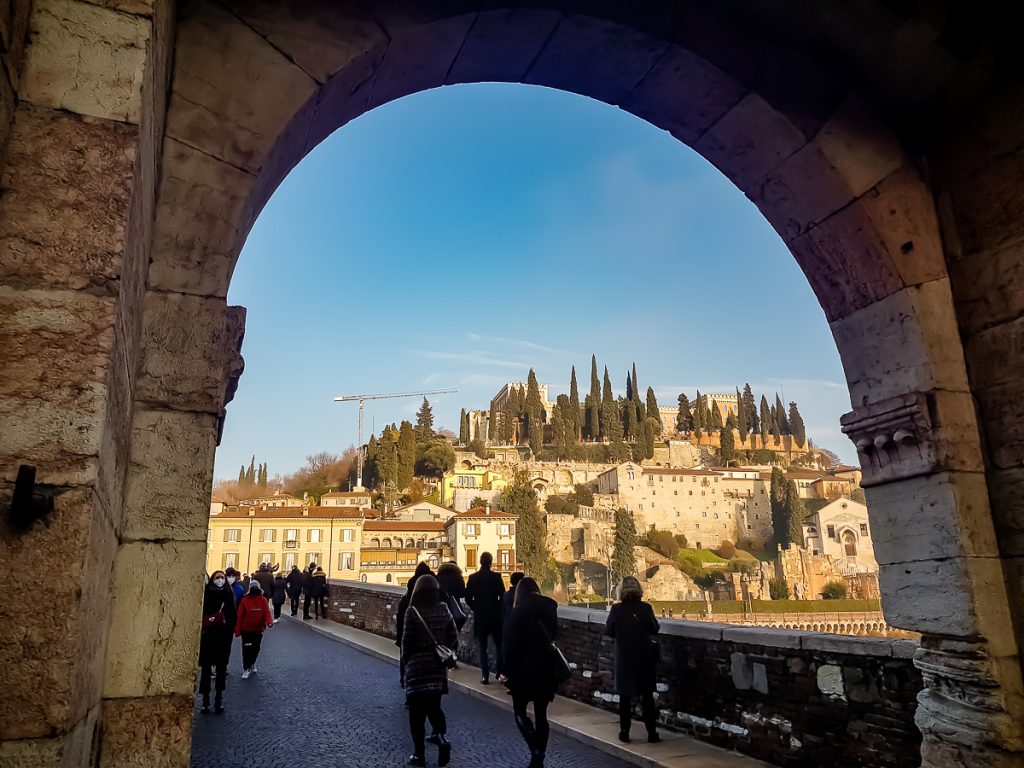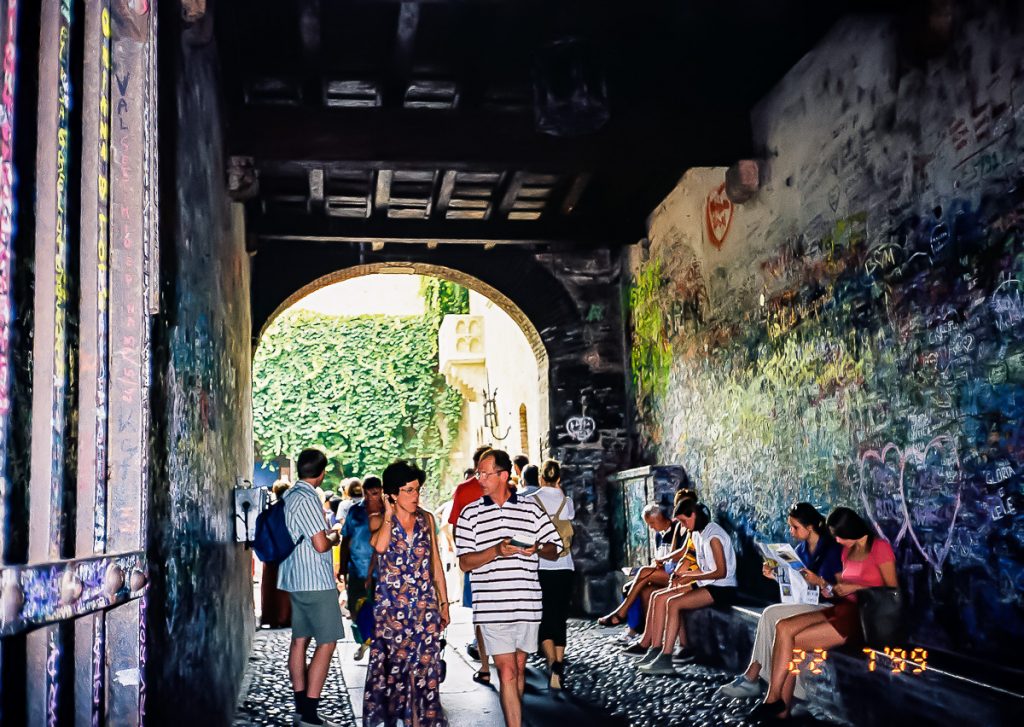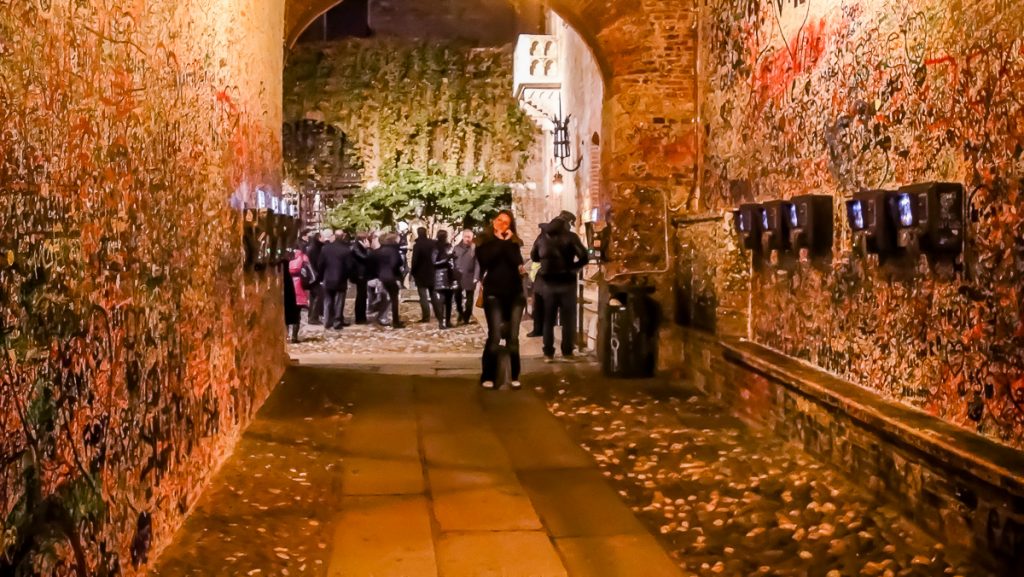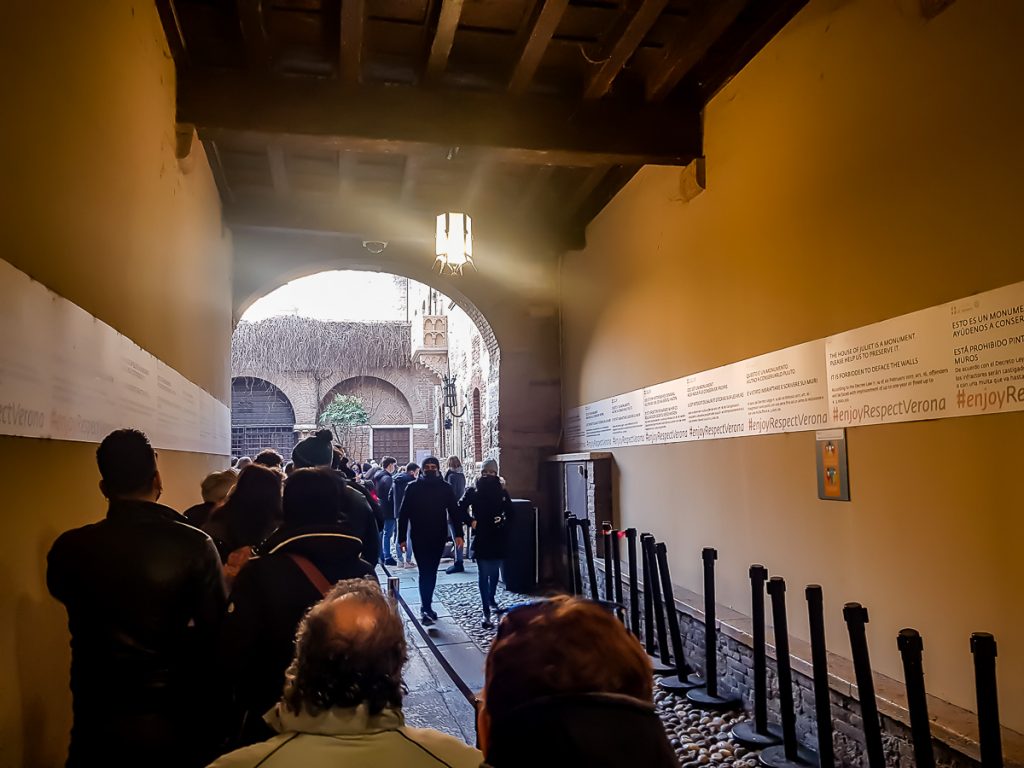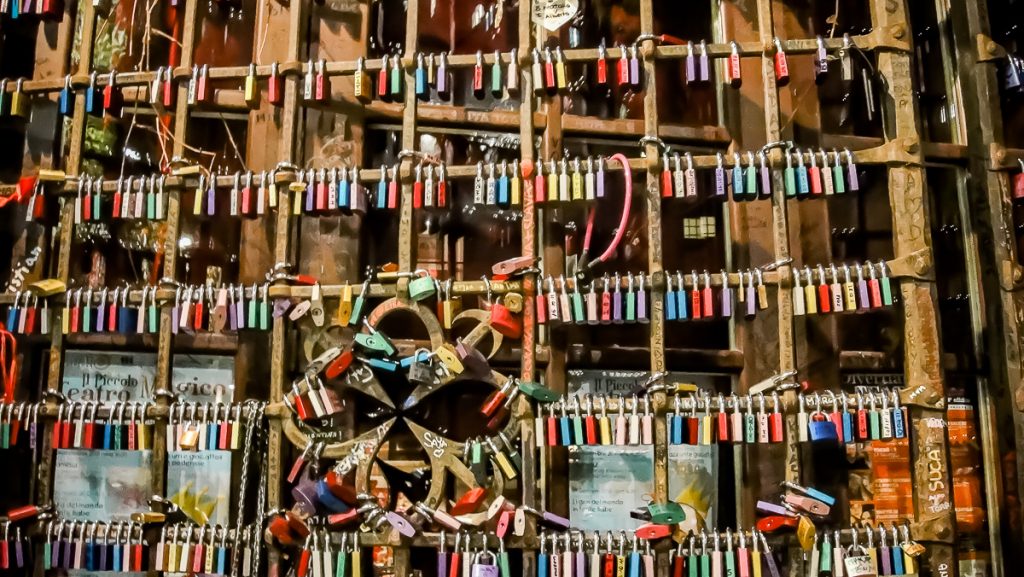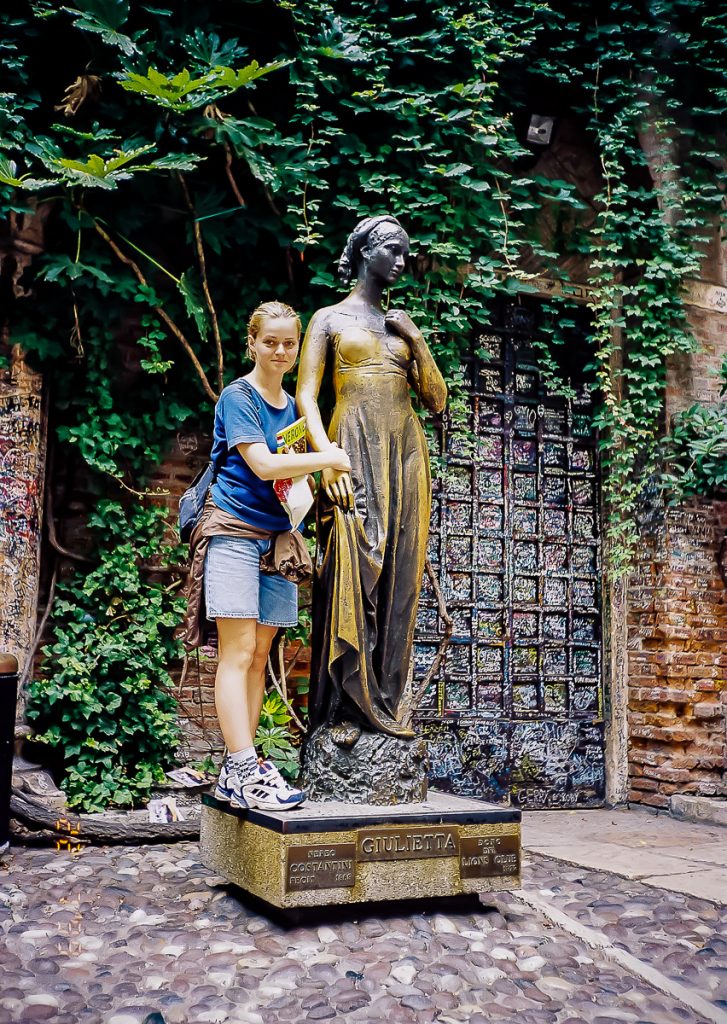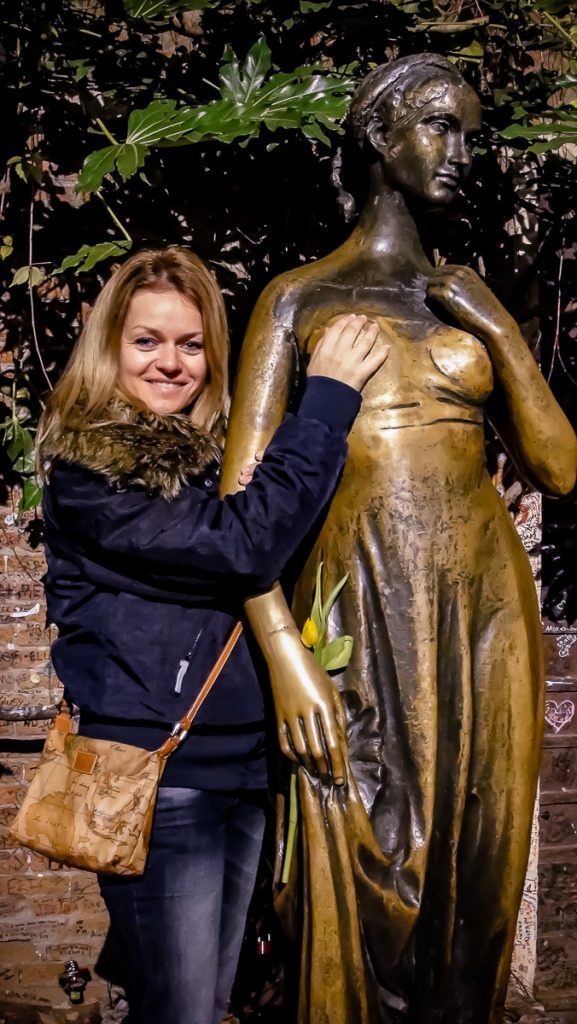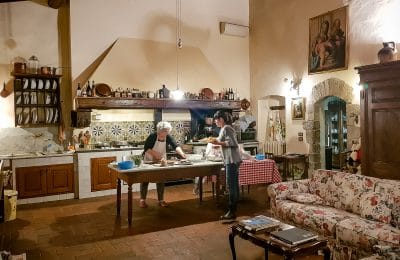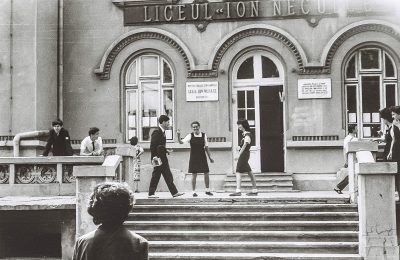Shall we do a survey? I bet 90% of those who go to Verona go to look for Juliet’s balcony first. I did the same, why should I deny it? That was my first stop when I first arrived in Verona.
Who has not read or at least heard of “Romeo and Juliet”, the romantic tragedy of William Shakespeare… The story of two lovers whose love does not take into account the enmity between their families, a story that, unfortunately, does not have the happy ending from the Hollywood movies. Now, the man set out to write a tragedy, don’t blame him, because he also gave us many comedies J.
For the whole planet, Romeo & Juliet = Love = Verona.
VERONA
So far I have been to Verona three times and it has always been like a short train ride from Venice or on the way to Lago di Garda.
There are so many things to be seen in this city and I’ve always seen them on the run. Or I didn’t see them at all…
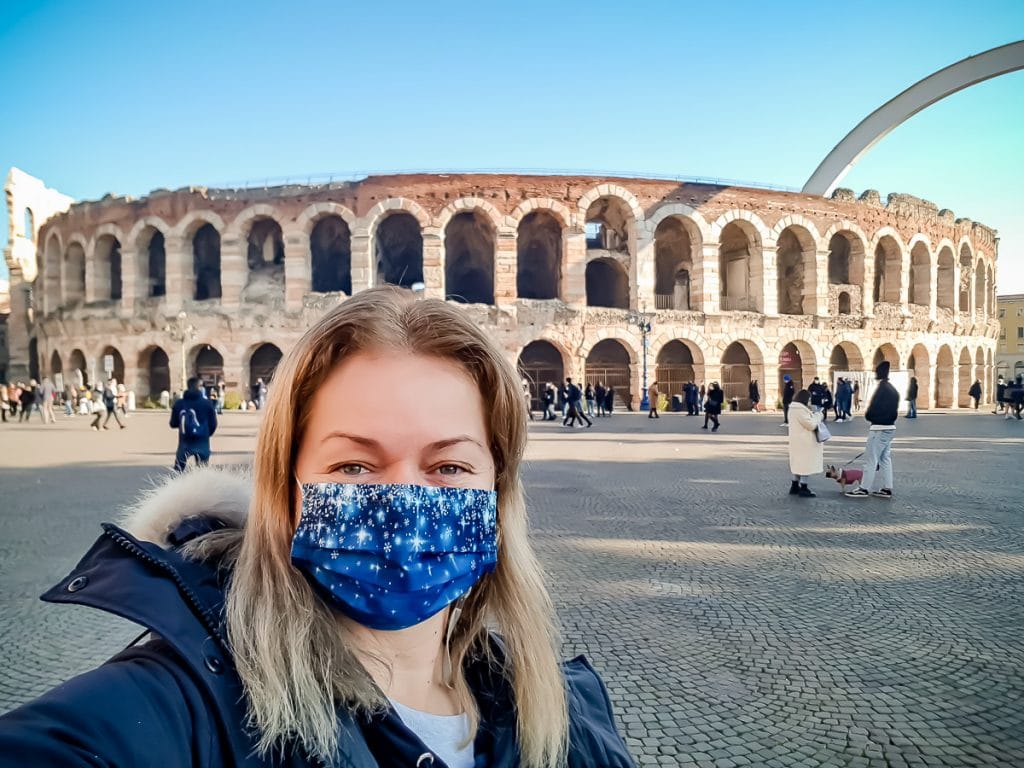
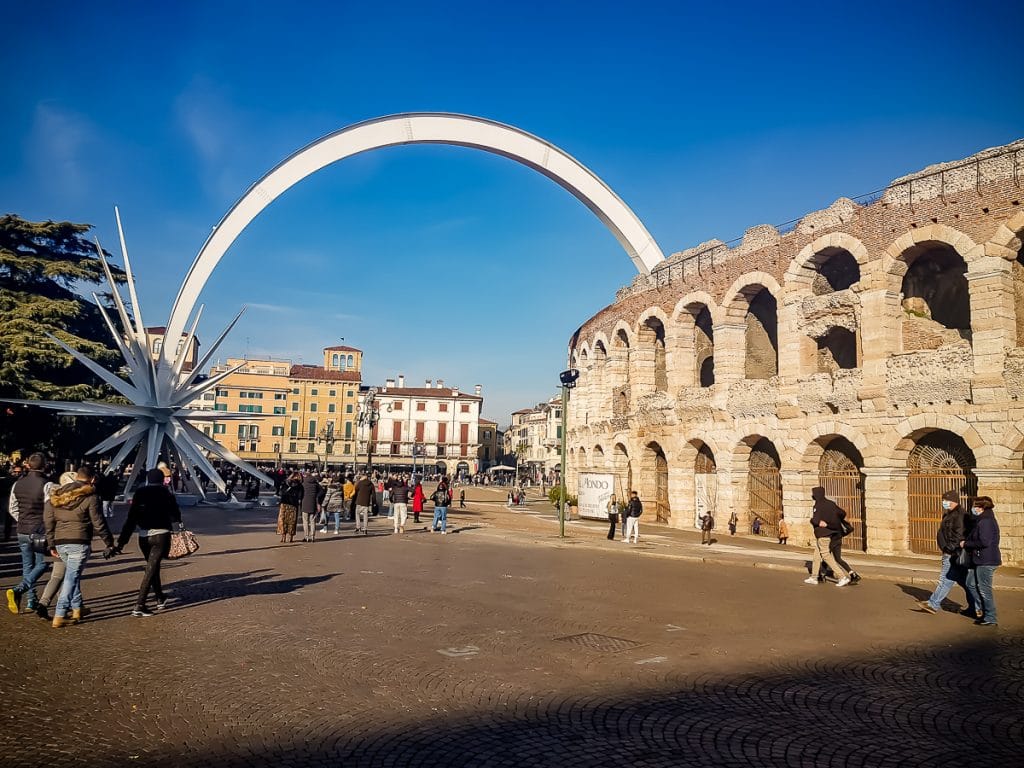
The spectacular Arena in Verona, located in the lively center of the city, is the best preserved Roman amphitheater! Finished in the year 30, man, you cannot believe how this amphitheater can look like after so many centuries, not to mention an earthquake in the 12th century, which destroyed part of its outer ring.
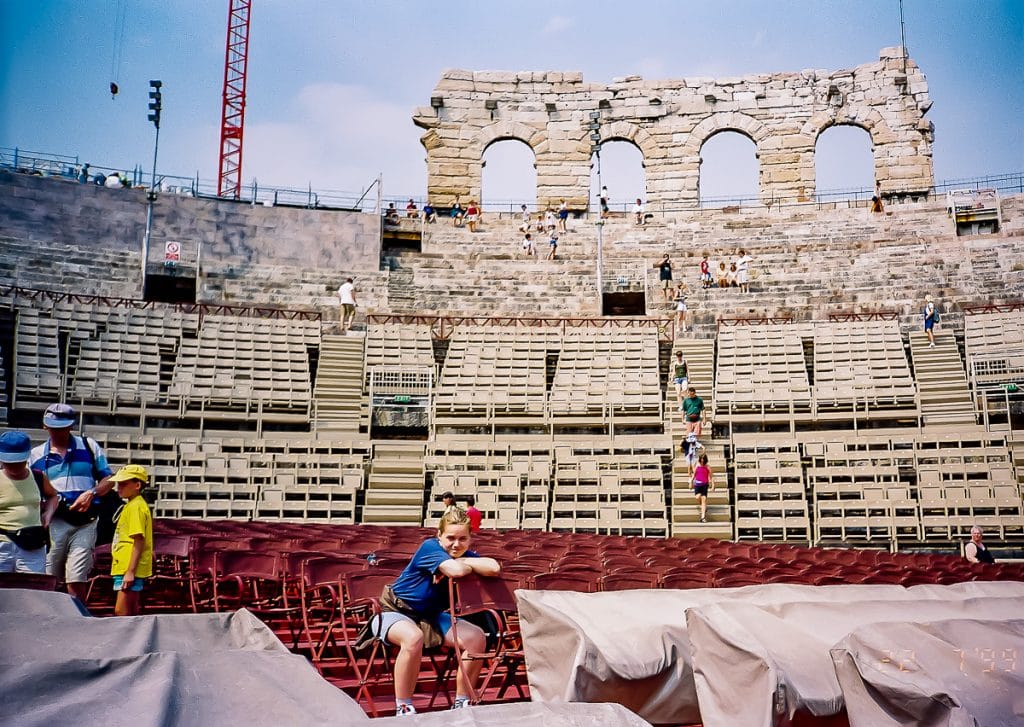
It is the third largest amphitheater in the Roman Empire, after the Arena in Capua (near Naples) and the Colosseum in Rome.
When it was inaugurated, it had a capacity of 20,000 seats – about as much as the entire population of Verona in Roman times!
What’s really cool is that the Arena is still functional! It is famous today not for gladiatorial fights or for tournaments, but for a lot of opera, theater and concert performances. It can accommodate 15,000 spectators!
Verona also means the Dome and Church of St. Anastasia and the Church of St. Zeno Maggiore – the most beautiful Roman-style church in Italy.
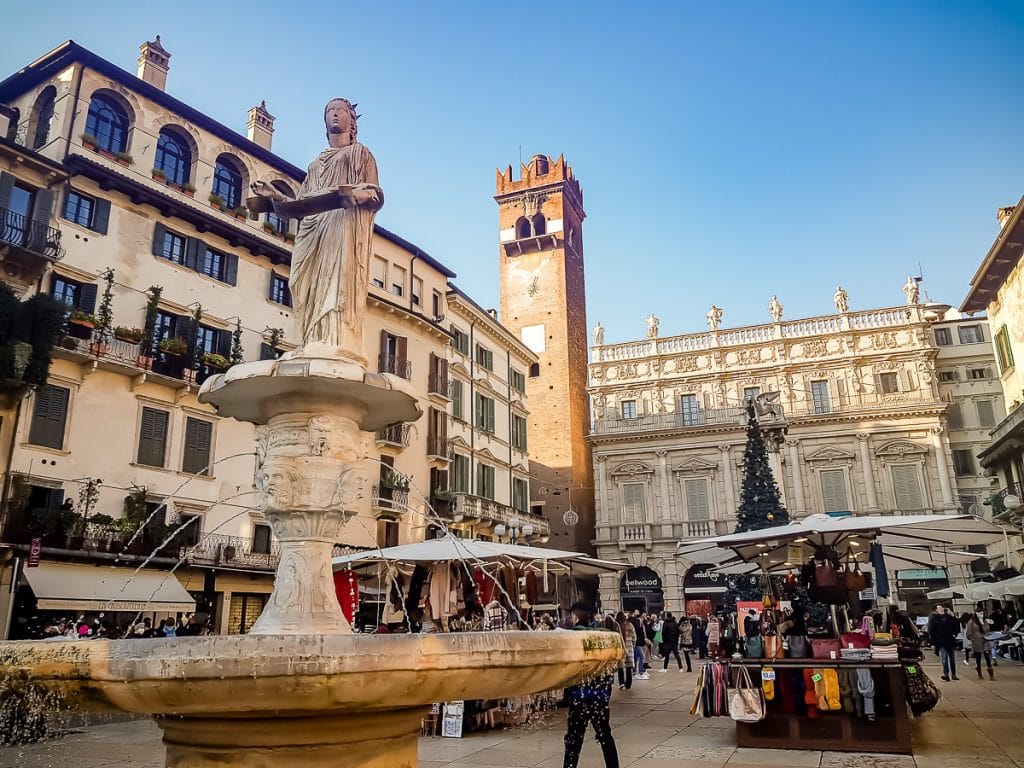
It also means Piazza dei Signori – once the main public square of Verona. But also Piazza delle Erbe, the historic center of the city, a very beautiful square, with buildings worth admiring, with terraces where you can have a bite and with boutiques that sell Veronese things of a Chinese provenience.
It also means Ponte Pietra (Stone Bridge). Completed in the year 100 BC (!), the poor thing went through so many misfortunes, wars, and suffered a lot, but look, people took care of it and put it back together again, with the original materials.
Ponte Pietra is one of the most photographed places in Verona. I can confirm it too, because in my 3 visits here, I went to the bridge for some pictures. But to go up to Castel San Pietro, which can be seen in the distance, that didn’t work out for me…
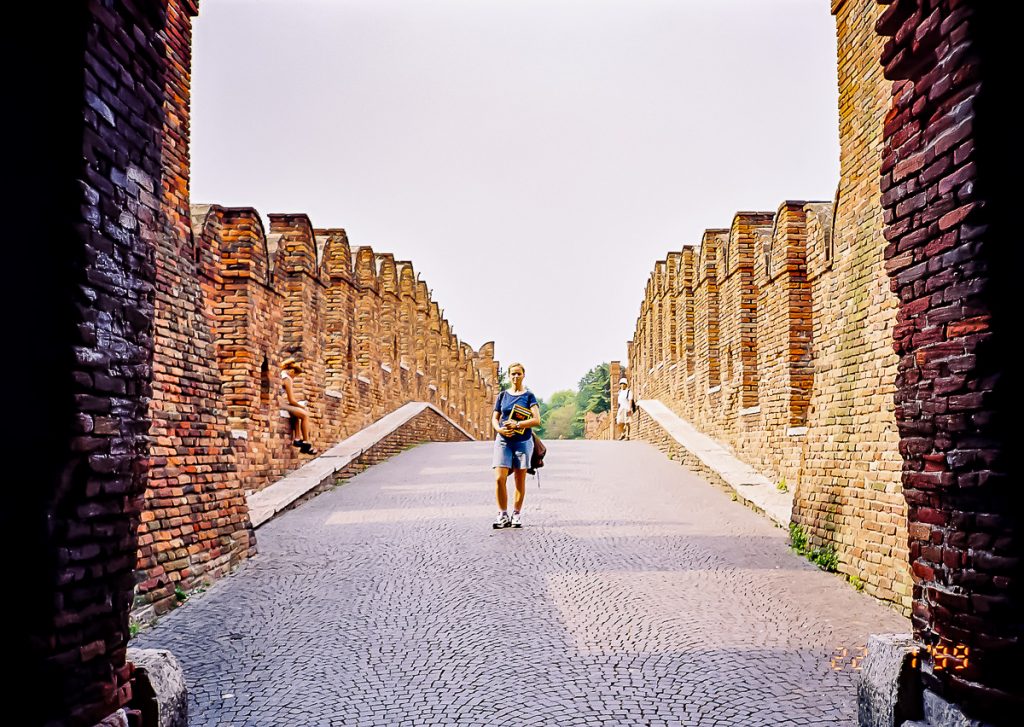
Verona also means Ponte Scaligero and, especially, Castelvecchio – the residence-fortress located on the river bank, today a museum that houses the most important art collection in Verona.
If you have the time, there are a lot of things to see in Verona: castles, monuments, churches, bridges, palaces, museums, towers.
ROMEO AND JULIET
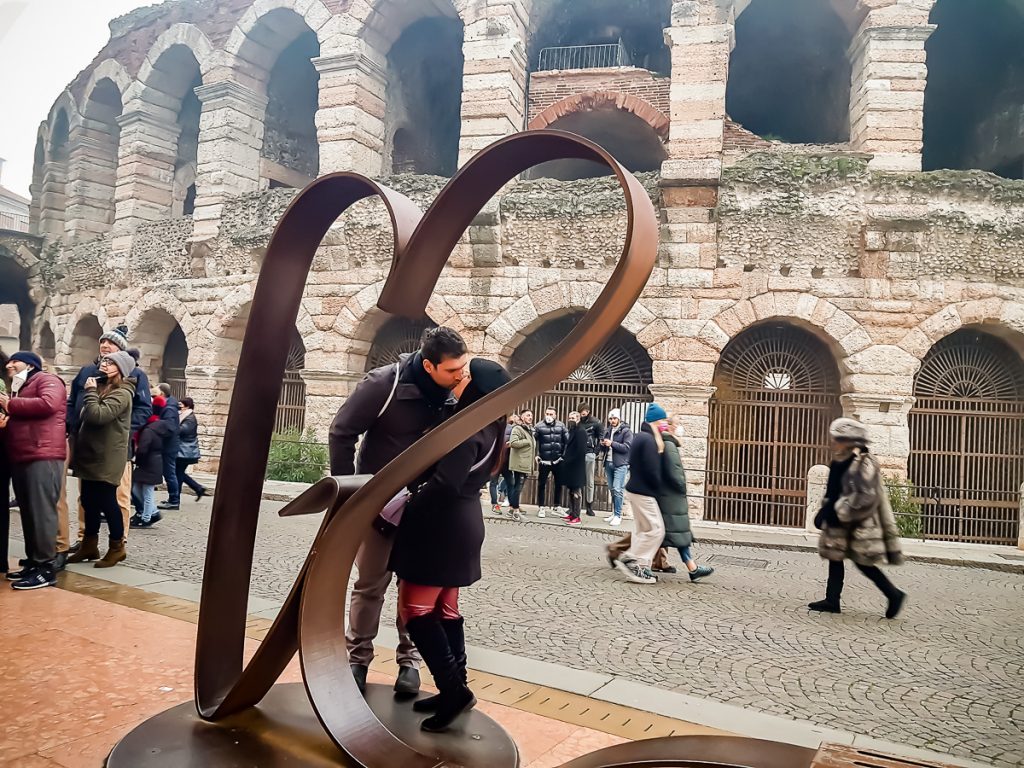
The city “breathes” love! Whether you are alone or with friends, whether you came with your parents or brought your grandparents on vacation, yet you are surrounded by this sweet air of love (God, I’m so good with words hihi).
Couples in love take pictures in the heart put near the Arena, to keep the proof of their love until old age. Or, maybe, until the divorce…
Tourists for whom Verona means Romeo and Juliet follow in the footsteps of the two without hesitation. So did I.
From Piazza Brà, full of life, restaurants with terraces and… the Arena, I take Via Mazzini – the famous pedestrian street, full of shops. I’m heading towards Juliet’s House.
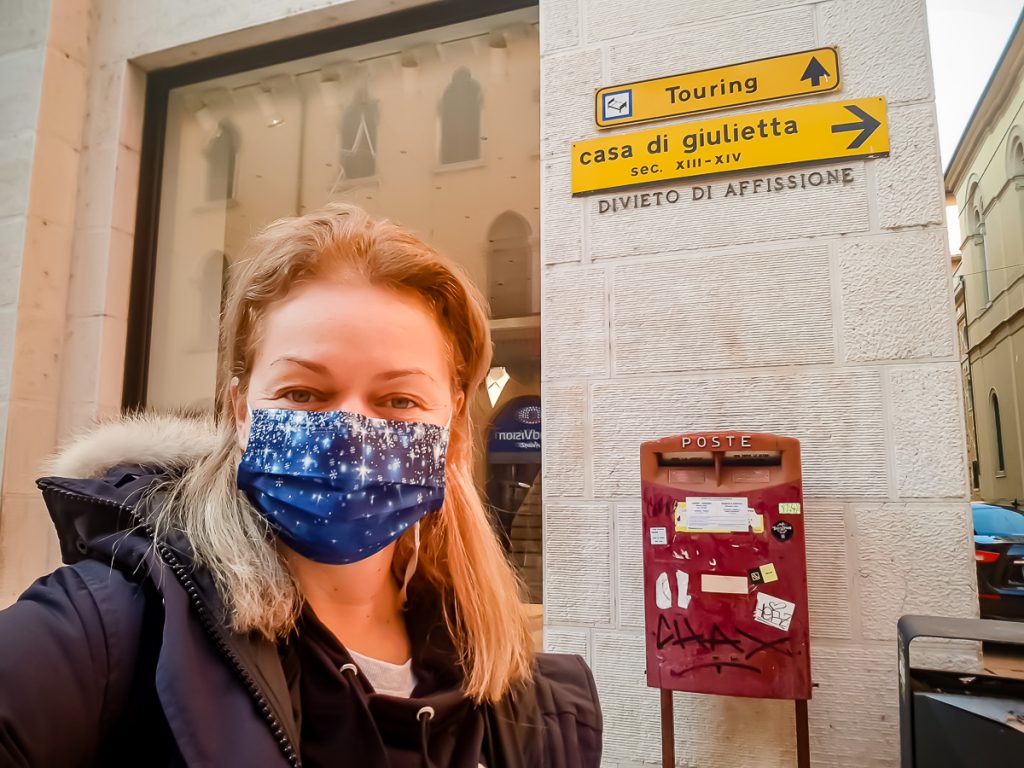
You can’t miss the house, because, from place to place, there are signs.
At the end of the shopping street there is no need to look for Via Cappello no. 23, because you see a lot of people in front of a gang. There is where Juliet’s House must be, no doubt!
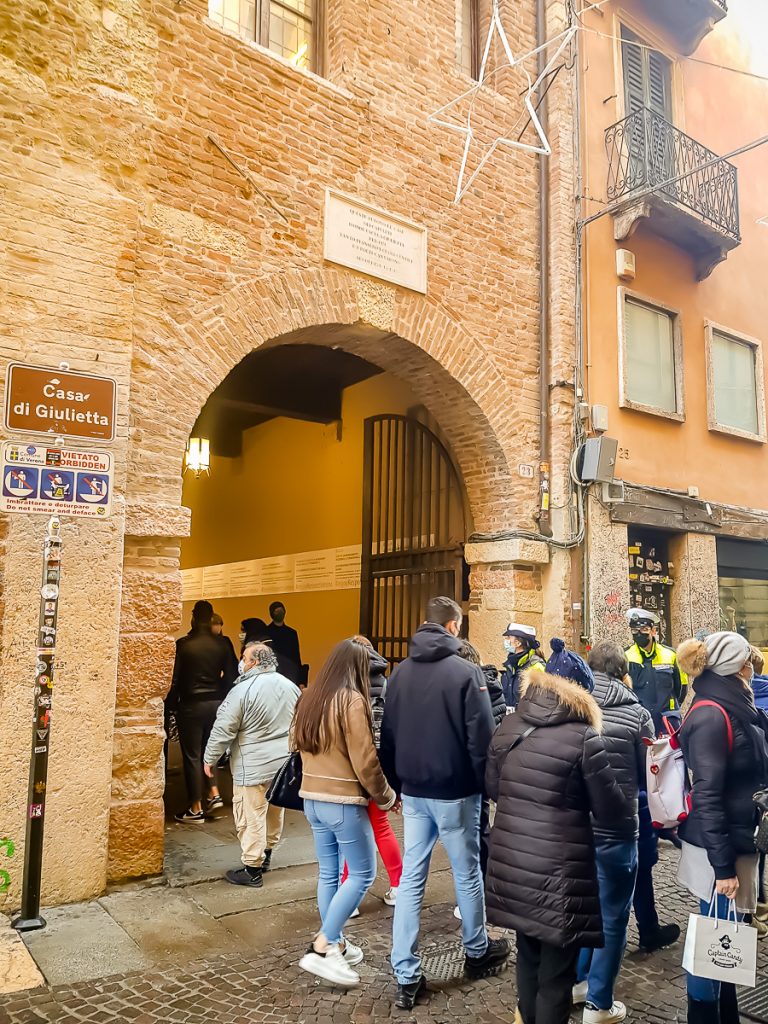
JULIET’S HOUSE
The entrance to the courtyard is free. I pass under the archway and I am very surprised to see the walls of the gangway now, in 2022:
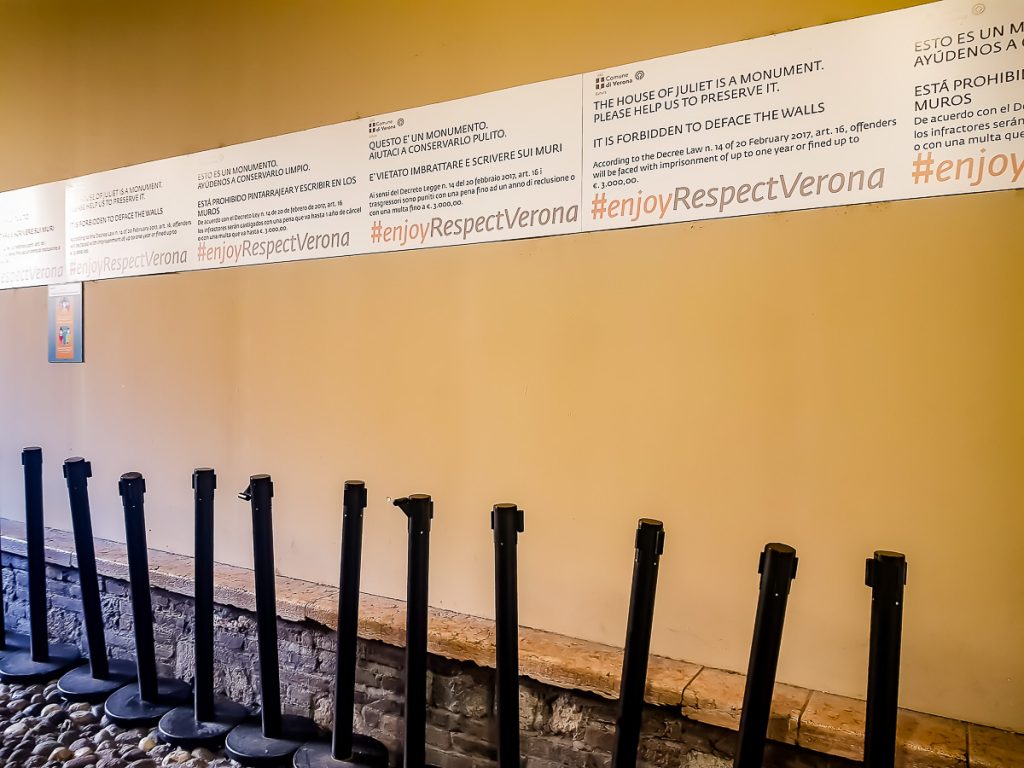
Wow!!! Anyone who has ever been here knows what these walls at the entrance looked like! Full, no, not full, but really suffocated with hearts, names, declarations of love written with various tools, painted or even scrawled on the wall, wherever they fit.
An entire graffiti show, proof of the love of thousands of people from all over the world!
Here is what a corner of these walls looked like in 1999:

To be honest, I didn’t write anything, even though I was in the romantic period of my life. (It can be seen from the socks I had hahaha)
But I admired many of the declarations of love. And I saw girls sitting on the lovers’ sholders, just to get a little higher on the wall, to be sure that no one will cover their names and the heart.
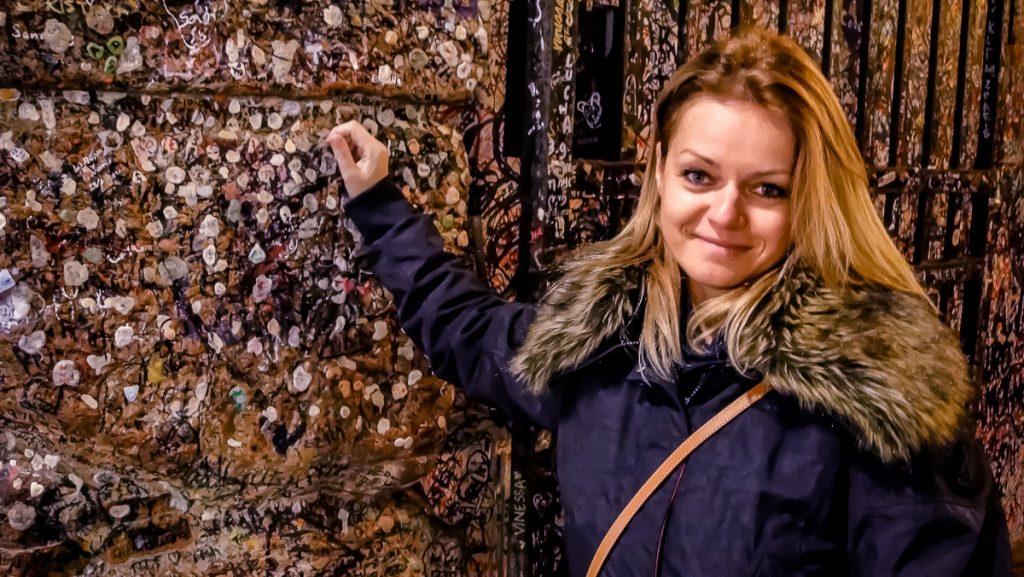
In 2011, when I arrived in Verona for the second time, the walls were in a new stage: that of the chewing gum. God, the couples used to stick so many gums on the walls!!! They used them either to fix some messages on the wall, or simply glued there and with “carved” names, hearts or initials on them.
“All right, the situation became sticky”, the authorities said at one point. So bye-bye chewing gum on the walls, as it was seriously damaging the walls of the house, and bye-bye any graffiti, scribbles and any other manifestation of love on walls. So in 2022 I came across a completely different picture!
Well, what about an alternative for lovers? Simple: the famous locks you find in many cities around the world, fastened to bridges, metal fences, gates…
Here you bring yours or buy one from the store in the courtyard and you put it next to the pile of other locks on a metal gate.
The image you see is cute. You feel like in Verona “love is in the air”…
After all, I think it’s a beautiful memory to know that you came here with your boyfriend/girlfriend, wrote your names on a red padlock and swore eternal love while you locked the lock in the very yard of Juliet’s House.
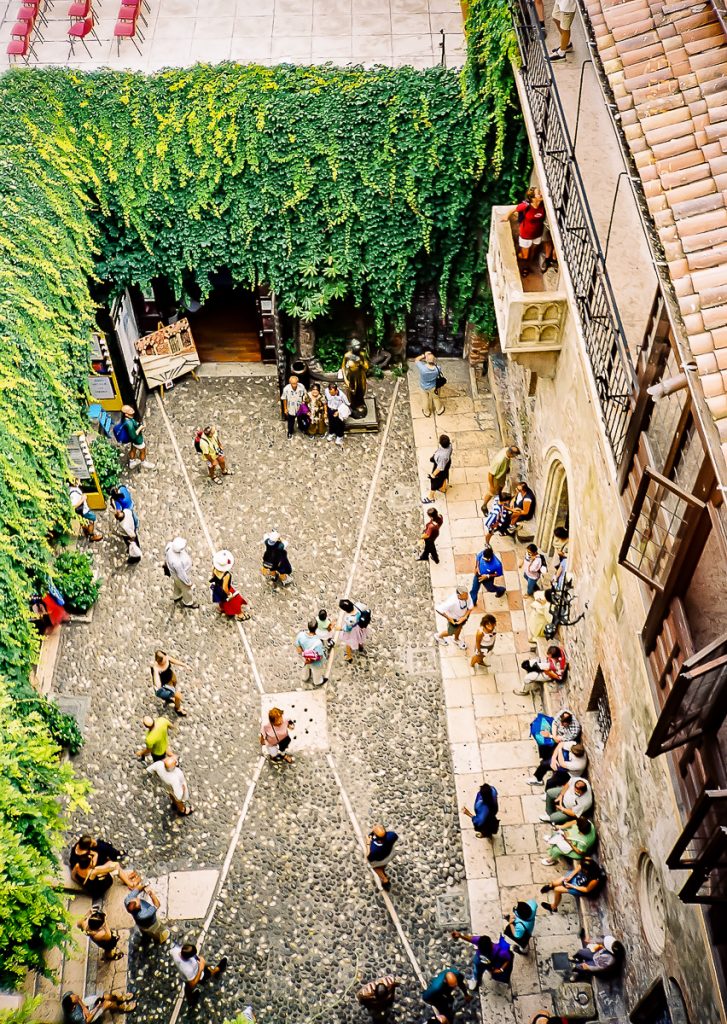
Speaking of Juliet’s House… (and this is where the destruction of all myths begins)
The 13th century building was NOT Juliet’s home. It was the home of a family named Capello. (It went through many stages, it was also an inn at one point.)
The city of Verona bought this house from the Capello family in 1905, and the resemblance of the name to Capulet (Juliet’s last name in Shakespeare’s play) led the bourgeoisie in the city to declare loud and clear that this was Juliet’s House. And this is how it has become a tourist attraction!
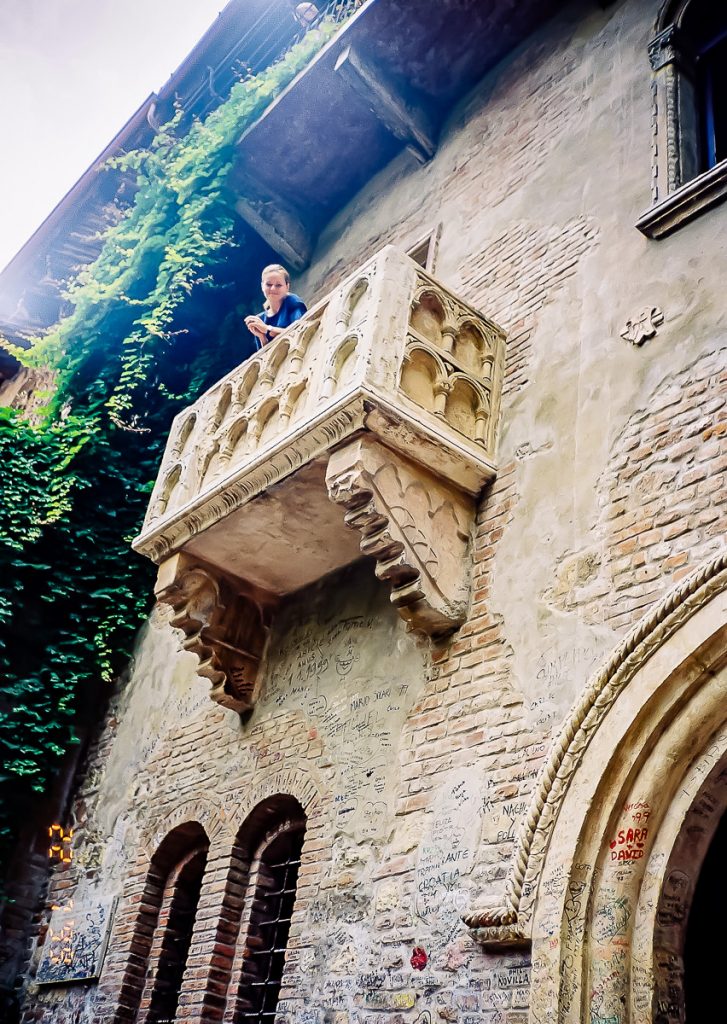
Millions of people pay a ticket to visit the house. So did I… In 1999.
I remember going up 2 floors, walking through some rather empty rooms, quickly seeing objects from Juliet’s time and then, like everyone else, I rushed to the balcony, as what could be more interesting than saying: “Romeo, oh, Romeo” to the significant other who was waiting down to take pictures J.
JULIET’S BALCONY
How beautifully Juliet was sitting on the balcony, while Romeo declared his love! Okay, this was in Shakespeare’s play, but not in this house… Not only for the reason mentioned above, but also for the simple fact that the famous balcony was added to the house later, in the 20th century! How about that? …
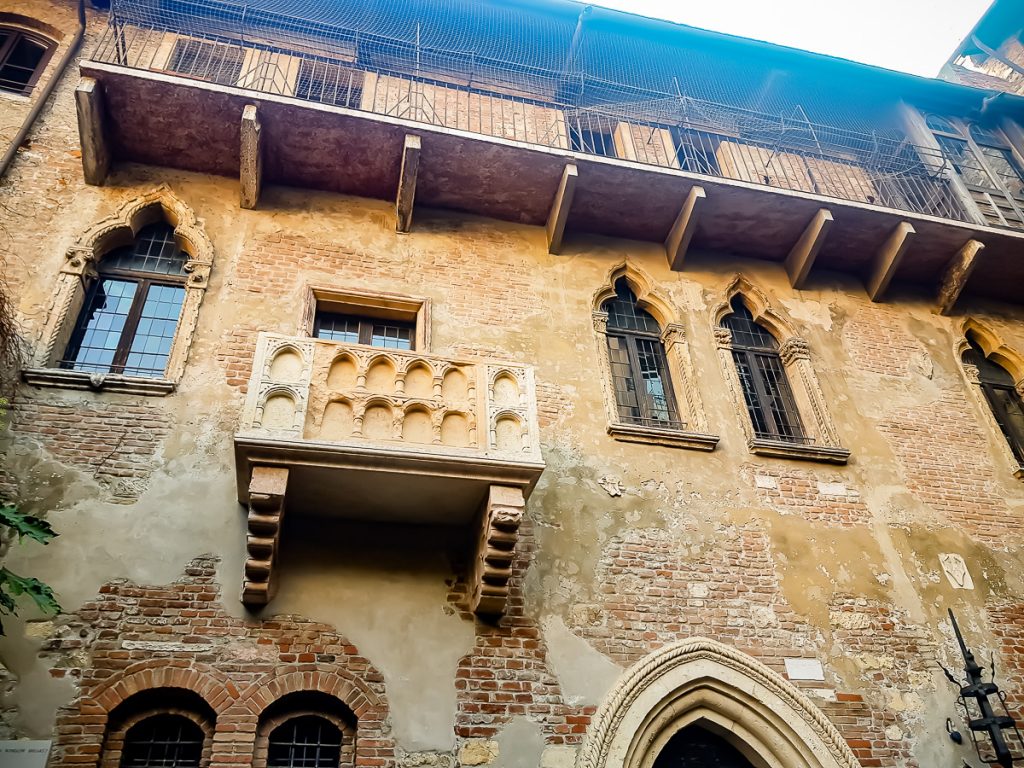
But, even more interesting is that this romantic balcony, where we, all Juliets of the world, came out to hear beautiful words of love, this romantic balcony generating love dreams is made from… a medieval sarcophagus from Castelvecchio! Hahahaha. Will you go on this balcony now?
During the 20th century, something else was added to the location: a statue.
JULIET’S STATUE
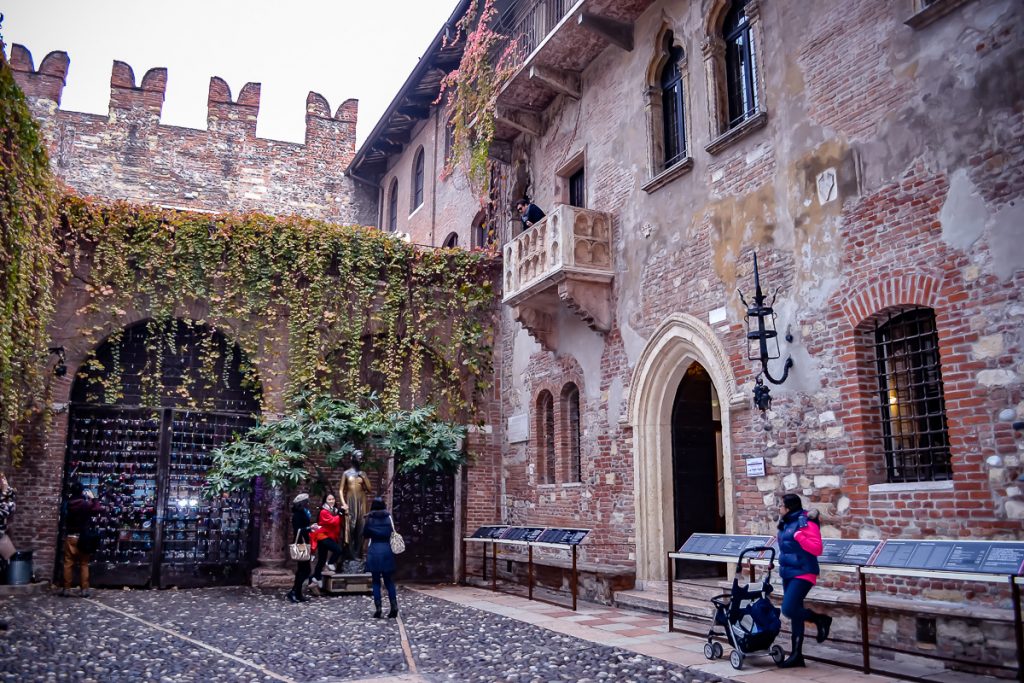
In 1972, a bronze Juliet appeared in the courtyard of the house.
I still haven’t found out where the whole thing started, but millions of tourists who walk here touch Juliet’s right breast to be lucky in love!
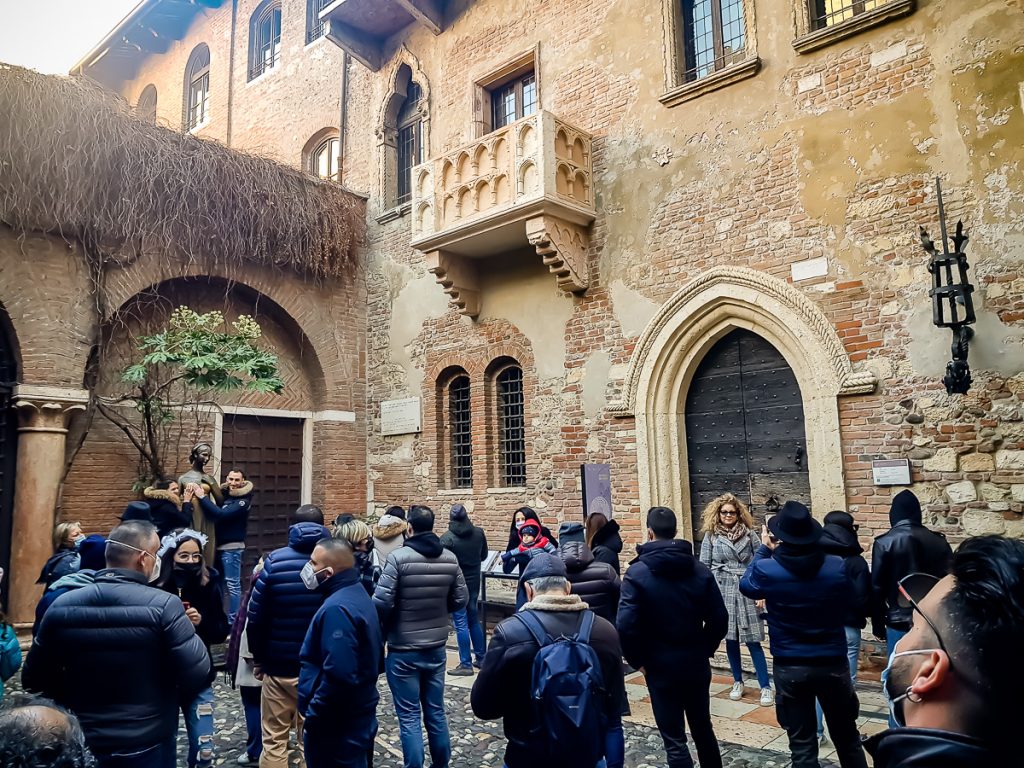
I also saw a queue in front of Juliet’s statue. Young men, gentlemen at a venerable age, kids, but also women of all ages and even young children – all with one goal: to get their hands on the right boob (Understood? So not the left!), to be lucky in love.
Only now do I understand some of my personal failures hihi: well, in 1999, I had no idea of this habit. I went to take a nice picture next to her, without even noticing that the others, who were standing in line, were getting their hands on a certain thing. So I didn’t touch what I needed, damn it…
After a few years, in 2011, I learned the lesson, but it still didn’t help me at all J.
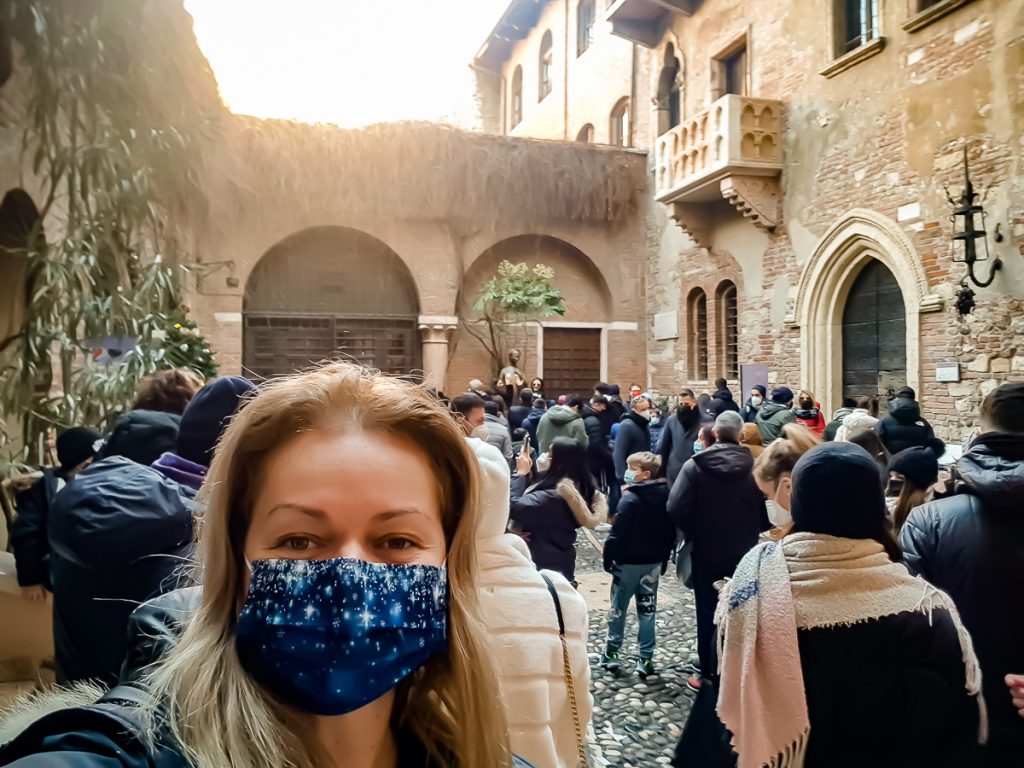
Now, in 2022, I didn’t even bother to get my hands on the boob, finding out that Juliet in the yard is a copy of the original sculpture, a copy set here in 2014.
The original, severely affected by the cohorts of lovers who wanted to be lucky in love, was taken to restoration and is now on display in the house-museum, I understand.
Anyway, if you’re lucky in love, you are not lucky with money, because once you come to the courtyard of Juliet’s house, the temptations are great: the souvenir shop offers you everything you can think of connected to Romeo and Juliet – from glasses, pens, tea towels, lighters, badges, T-shirts, salt shakers, openers, caps, key-chains, wallets, bags, magnets, notebooks, candles, up to the famous heart-locks.
There is also an embroidery workshop where you can leave some money too. I think the only free thing here, apart from getting your hands on Juliet’s boob, is to write to her. To whom? To Juliet. Really???
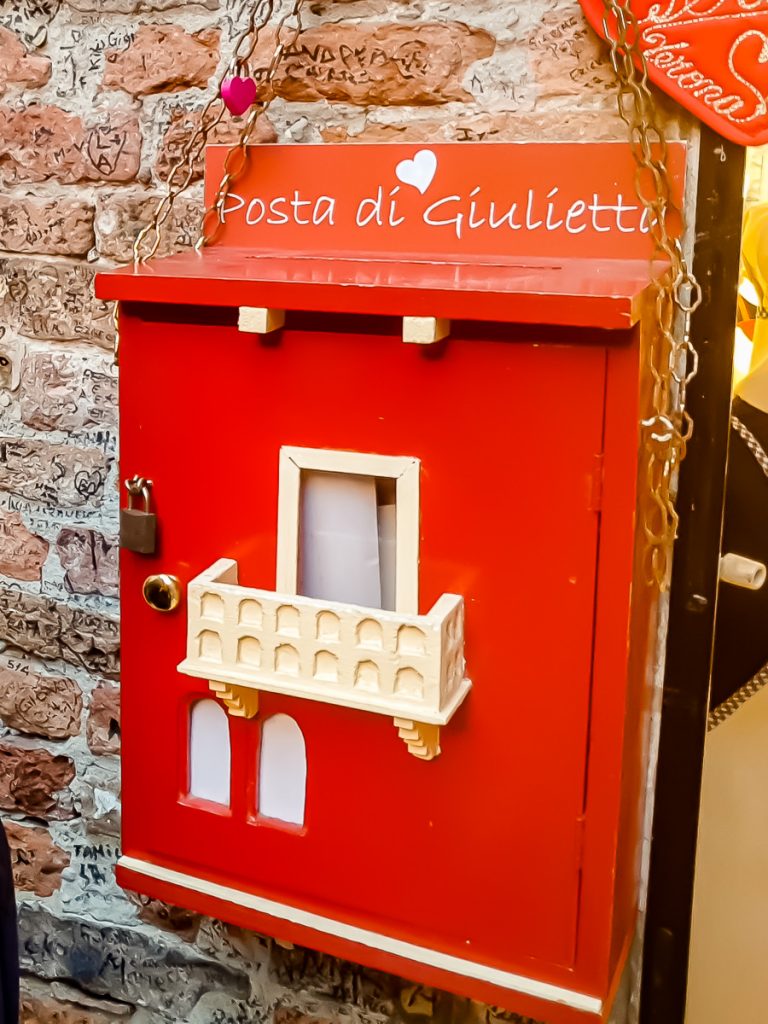
Yes, that is right. There is a special mailbox that “holds” thousands of letters from those asking Juliet for love advice. The thing is, she answers them!
A group of volunteers – locals from Verona – even sit and read each letter and respond to it. God, I think they could have a diploma on love matters!
ROMEO’S HOUSE
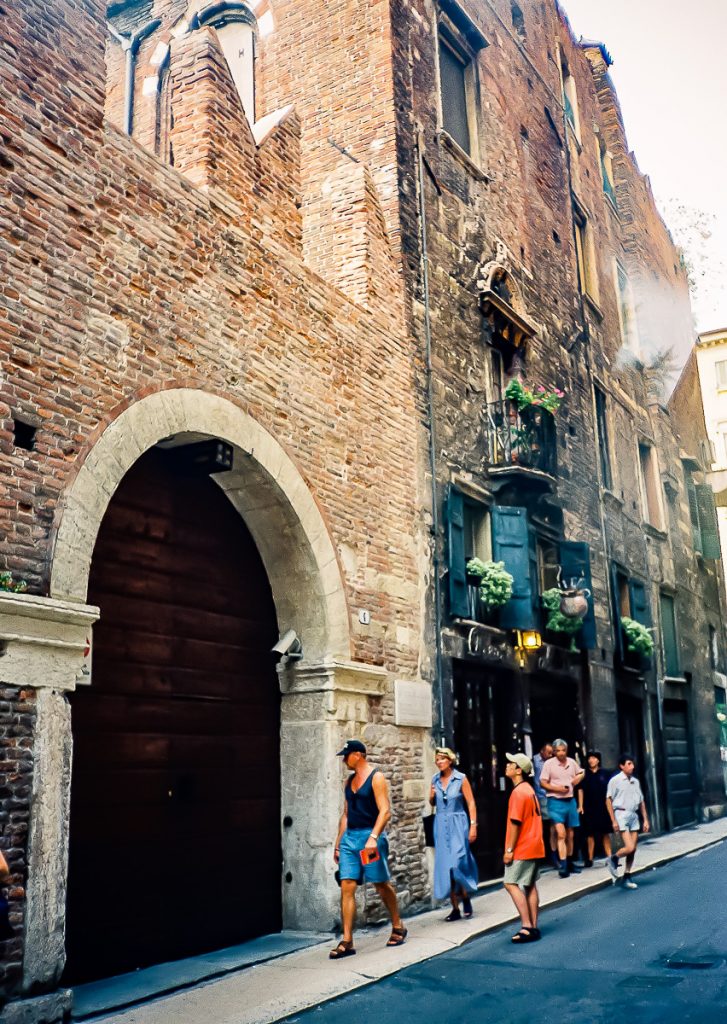
Not far away, also in the historic center, on a small street, a plaque fixed on a pillar announces that you have arrived at Romeo’s House.
An elegant medieval palace is located here, on Via Arche Scaligere. But girls, don’t rush to the gate. The owner of the house might come out and he might not be the cute Romeo…
Yes, you do not have access to Romeo’s alleged home, because the family that owns it wants to live here peacefully.
You can, instead, eat something at the restaurant that occupies part of the building. At least that’s how you feel closer to Romeo’s world. The little truth of this world is the fact that, until the 14th century, this house belonged to the Montecchi family, considered to have been Romeo’s family, if we are to follow legends or writings. In Shakespeare, the name translated to Montague.
Let your imagination run wild, watch Romeo rush out the gate to run to Juliet, take a selfie next to the pole and… come on, go on your merry way!
JULIET’S TOMB
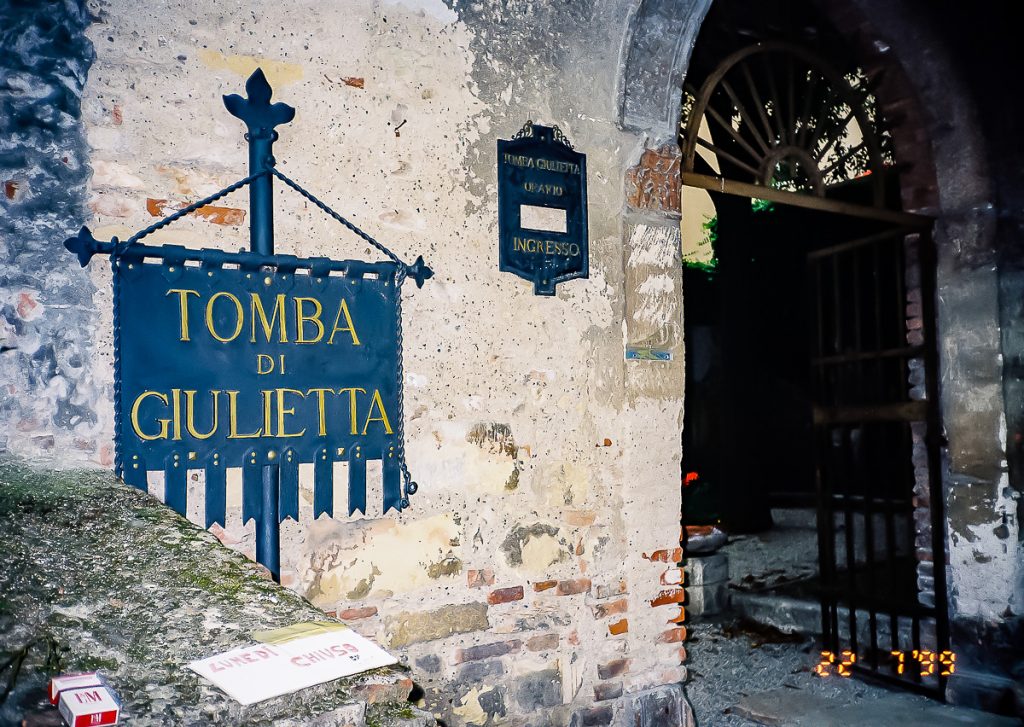
About half a kilometer away from Juliet’s House, Juliet’s legendary tomb can be seen: an empty sarcophagus, discovered in the crypt of an old monastery.
A quote from Shakespeare’s opera (in English, but also in Italian) is the mark on the wall:
“A grave? O, no, a lantern…
For here lies Juliet, and her beauty makes
this vault a feasting presence full of light.”
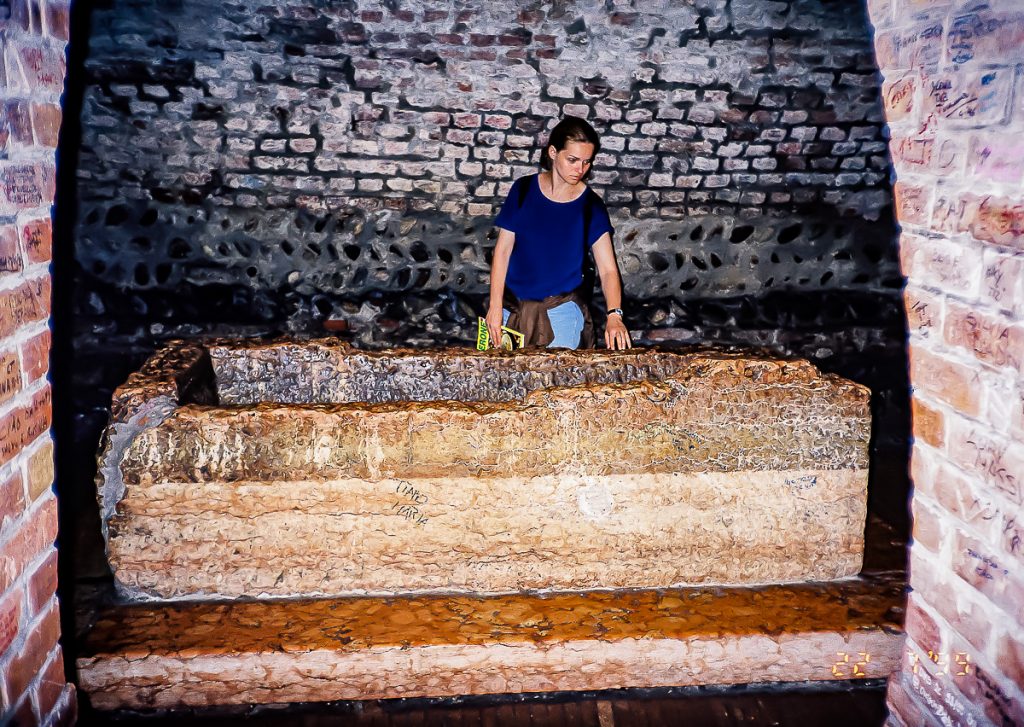
Archaeologists say no bone was found here, but what does it matter? Tourists come to see the place.
I came here only once.
LEGEND OF ROMEO AND JULIET
There is no evidence that William Shakespeare ever came to Verona during his lifetime. There is, however, tangible evidence that would inspire Shakespeare’s romantic tragedy. I discovered an interesting historical thread:
At first, there was the legend. Then, in the year 1 BC, the poet Ovid started from the legend and created the poem “Pyramus and Thisbe” – a story of two lovers in a situation similar to the couple Romeo and Juliet.
If I put together some found sources, history next has “Novellino” – a story similar to that of the two lovers, written in 1476 by Massuccio Salernitano.
Decades later, in 1535, Luigi Da Porto wrote the short story “The Recently Discovered History of Two Nobles in Love” or, as some say, retells what Salernitano had written. Whatever… What is noteworthy is that Luigi Da Porto is the one who places the action in Verona. And he baptizes his lovers Romeus and Giuletta.
Da Porto is the source of inspiration for Matteo Bandello, who wrote the poem “Giulietta e Romeo” a few years later.
The English poet Arthur Brooke translated this poem in 1562 – “The Tragic History of Romeo and Juliet”. And this poem seems to have become Shakespeare’s main source of inspiration.
God, the paths of creation are tangled. Well, if they were in our time, I bet we would have had some Breaking News – charges of plagiarism, intellectual theft or I don’t know what copyright infringement…
Despite the celebrity of the characters, there is no evidence that Romeo and Juliet really existed or that a conflict like the one in the play ever happened in those times. There were only the two families named Capello and Montecchi, strong families that opposed each other. That is the only certainty.
But it doesn’t matter… The legend defeats the historical reality! And it sells. It sells a lot…


